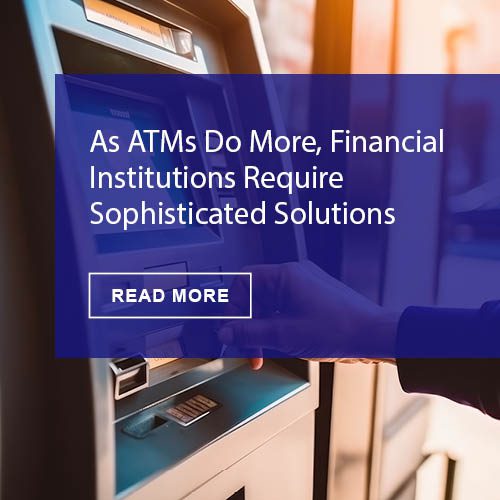Vehicles are no longer seen as a mode of transportation, but a connectivity hub. And as a result, in-vehicle payment demand is on the rise.
In fact, in a recent survey by TechInsights, which explored in-vehicle payments by polling 4,990 drivers in China, Italy, France, Germany, the UK, and the U.S., more than half of respondents said they were open to making in-car payments.
Increased Confidence with In-Vehicle Payments
Consumers are always looking for ways to elevate their payment experience, and having the ability to make a payment in-vehicle adds another level of convenience and comfort. Indeed, in the research from TechInsights, 56% of respondents said that making in-car payments for food, tools, fuel, and parking is an essential feature when it comes to connected car services.
Respondents also highly rated the ability to receive information related to traffic updates and parking availability.
Overall, consumers’ barriers to adopting in-car payments are dissipating as the “perceived complexity” is dispelled, with the added benefits of more contactless payment options and more convenience can be had.
Connected Cars Offer a Host of Benefits
The global connected car market is expected to reach $212.7 billion by 2027, per separate data from ResearchAndMarkets.com. Currently, car makers including Toyota, Hyundai, Volvo, Audi, BMW, and Ford offer some form of connectivity in their vehicles. Mercedez-Benz recently launched its own pay-by-car feature as well.
Another report from ResearchandMarkets.com, “Connected Car Market By Service,” indicates that connected cars are essentially “connectivity on wheels,” offering convenience, safety, and comfort while utilizing innovative network technologies.
By and large, car makers can benefit from car connectivity as it will enable them to feature remote diagnostics, online car service scheduling, and predictive maintenance, all possible, thanks to this integrated connectivity.











